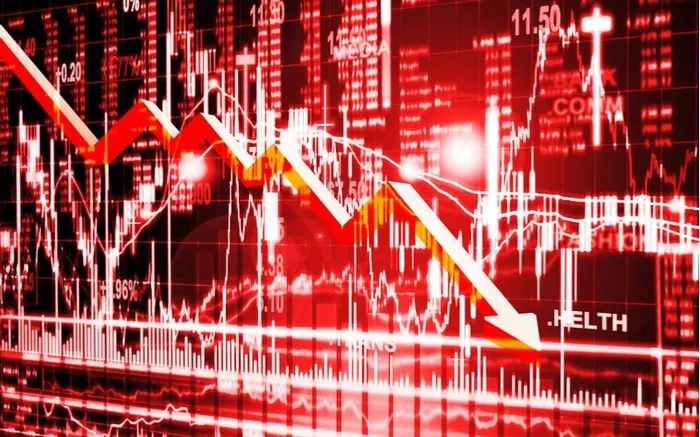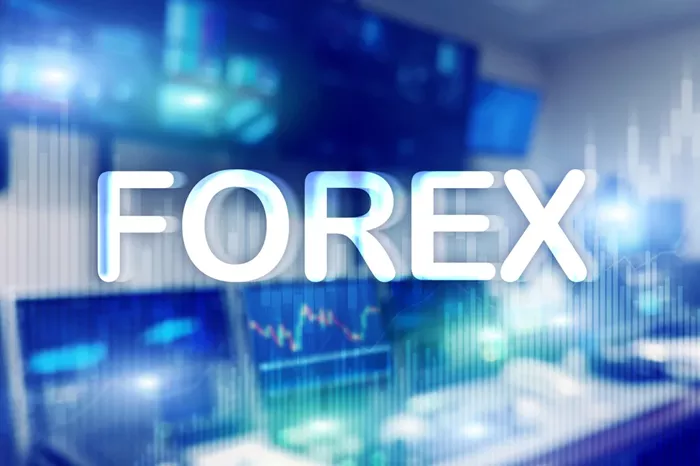Investing in dividend stocks is a popular strategy for many investors seeking regular income and long-term growth. But what exactly are dividend stocks, and how do they work? In this article, we will break down the concept of dividend stocks, how they function, and the advantages and risks associated with investing in them.
What Are Dividend Stocks?
Dividend stocks are shares of companies that pay a portion of their profits back to shareholders in the form of dividends. These payments are typically made quarterly, although some companies may pay annually or semi-annually. The dividend payment is usually a fixed amount per share, but it can vary depending on the company’s performance and other factors.
Characteristics of Dividend Stocks
Regular Payments: Companies that issue dividend stocks make periodic payments to shareholders.
Payout Ratio: This refers to the percentage of a company’s earnings that is paid out as dividends. Companies with a lower payout ratio may reinvest more in their business, while those with a higher payout ratio prioritize paying shareholders.
Stable Cash Flow: Dividend-paying companies often have stable cash flows and established business models.
Growth Potential: While dividend stocks typically offer lower growth potential compared to non-dividend-paying stocks, they provide a reliable source of income.
How Do Dividend Stocks Work?
The mechanics of how dividend stocks work are relatively straightforward. Let’s break it down into key components:
1. Dividend Declaration
Each quarter, or as per the company’s schedule, the board of directors declares a dividend. The dividend is based on the company’s profits and how much it is willing to share with shareholders. The dividend declaration includes:
Amount per Share: The fixed amount shareholders will receive for each share they own.
Ex-Dividend Date: The cutoff date for qualifying to receive the dividend. If you purchase the stock on or after this date, you won’t receive the upcoming dividend.
Record Date: This is the date when the company checks its shareholder records to determine who will receive the dividend.
Payment Date: This is when the dividend is actually paid to shareholders.
2. Dividend Payment
Once the dividend is declared, shareholders who hold the stock on the record date will receive the dividend payment. The payment is typically made in cash, although some companies may offer the option of receiving the dividend in additional shares of stock.
3. Reinvestment of Dividends
Many investors choose to reinvest their dividends by purchasing additional shares of the stock. This strategy, known as dividend reinvestment plans (DRIPs), allows investors to compound their returns over time. Instead of receiving a cash payment, the dividends are used to buy more shares, increasing the investor’s ownership in the company.
4. Dividend Yield
The dividend yield is a key metric that shows how much income an investor can expect from a dividend stock. It is calculated as follows:
Dividend Yield=Annual Dividend per SharePrice per Share×100\text{Dividend Yield} = \frac{\text{Annual Dividend per Share}}{\text{Price per Share}} \times 100
For example, if a company pays an annual dividend of $2 per share and the stock price is $50, the dividend yield is 4%.
Why Do Companies Pay Dividends?
Companies may choose to pay dividends for several reasons:
1. Return Capital to Shareholders
Companies with stable cash flow may not have enough high-return projects to reinvest in. In such cases, returning capital to shareholders via dividends can be an attractive option.
2. Signal Financial Health
A company that pays consistent or increasing dividends signals financial health and stability to investors. Many investors consider a growing dividend as an indicator of a well-managed and profitable company.
3. Attract Long-Term Investors
Dividend-paying stocks often attract long-term investors looking for a steady income stream. These investors may be more likely to hold the stock through market fluctuations.
Types of Dividend Stocks
Dividend stocks come in different types, each offering a unique risk and return profile.
1. Blue-Chip Dividend Stocks
Blue-chip stocks are shares of well-established, financially stable companies with a history of paying consistent dividends. These companies, such as Johnson & Johnson, Coca-Cola, and Procter & Gamble, are often leaders in their respective industries.
Characteristics:
- Stable earnings and growth
- Reliable dividend payments
- Lower risk compared to other types of dividend stocks
2. Dividend Aristocrats
Dividend aristocrats are companies that have consistently raised their dividend payments for 25 or more consecutive years. These stocks are considered some of the safest investments for dividend-seeking investors.
Characteristics:
- Long track record of dividend increases
- High reliability and stability
- Often represent large, multinational companies
3. High-Yield Dividend Stocks
High-yield dividend stocks offer higher-than-average dividend yields. However, these stocks may come with higher risks, including the potential for the company to cut or eliminate its dividend if it faces financial difficulties.
Characteristics:
- High dividend payouts
- Higher risk, with potential for dividend cuts
- Often found in sectors like real estate, energy, or utilities
4. Dividend Growth Stocks
Dividend growth stocks are those that have a history of consistently increasing their dividend payouts year after year. While their yields may not be as high as those of high-yield stocks, they offer the potential for long-term income growth.
Characteristics:
- Increasing dividends over time
- Moderate initial yield
- Suitable for investors focused on long-term income growth
The Advantages of Dividend Stocks
1. Steady Income Stream
One of the primary reasons investors choose dividend stocks is the regular income stream they provide. This is especially appealing to retirees or individuals who need predictable cash flow.
2. Reinvestment Opportunities
Dividend reinvestment can significantly boost the long-term returns of an investment. By automatically reinvesting dividends, investors benefit from compounding, which can lead to exponential growth in the value of their holdings.
3. Lower Volatility
Dividend-paying stocks tend to be less volatile than non-dividend-paying stocks. This is because the regular dividend payments provide a cushion during market downturns, offering some protection against stock price declines.
4. Tax Benefits
In many countries, dividends are taxed at a lower rate than regular income. This can make dividend stocks more tax-efficient for investors compared to other forms of income.
5. Inflation Hedge
Dividend stocks, especially those with a history of increasing payouts, can act as a hedge against inflation. As the cost of living increases, the rising dividends help to maintain purchasing power.
The Risks of Dividend Stocks
1. Dividend Cuts
One of the risks of investing in dividend stocks is that the company may reduce or eliminate its dividend. If a company experiences financial difficulties or a decline in profitability, it may decide to cut its dividend to conserve cash.
2. Interest Rate Sensitivity
Dividend stocks, especially high-yield ones, can be sensitive to changes in interest rates. When interest rates rise, bond yields become more attractive, which can cause investors to shift away from dividend stocks, leading to a decrease in stock prices.
3. Slow Capital Appreciation
Dividend stocks often focus on returning capital to shareholders rather than reinvesting it for growth. As a result, dividend stocks may experience slower capital appreciation compared to growth stocks, which reinvest all of their profits back into the business.
4. Sector Risks
Many dividend stocks are concentrated in specific sectors such as utilities, real estate, and consumer staples. If a particular sector faces challenges, it can impact the performance of dividend-paying stocks in that sector.
How to Choose Dividend Stocks
1. Check the Dividend Yield
While a high dividend yield may be attractive, it’s important to assess whether it is sustainable. A very high yield could signal that the stock price has fallen significantly, or the company is at risk of cutting its dividend.
2. Look at Dividend History
A company with a strong history of paying and increasing dividends is generally a safer bet. Look for companies with a consistent track record of dividend payments.
3. Evaluate the Payout Ratio
The payout ratio tells you how much of the company’s earnings are being paid out as dividends. A very high payout ratio may be a red flag, indicating that the company may not have enough room to grow or reinvest in its business.
4. Assess Financial Health
Ensure that the company has strong financials, including steady earnings, low debt levels, and good cash flow. Companies with strong balance sheets are more likely to maintain dividend payments during difficult times.
5. Sector and Industry Considerations
Consider diversifying your dividend stock investments across different sectors to reduce risk. Avoid being overly concentrated in one industry.
Conclusion
Dividend stocks can be a valuable component of an investment portfolio, offering regular income, potential tax advantages, and a hedge against inflation. However, they also come with risks such as dividend cuts and sector volatility. By carefully evaluating the financial health, dividend history, and payout ratios of companies, investors can select dividend stocks that fit their income and growth objectives.
Whether you are looking for stable cash flow in retirement or seeking long-term growth through reinvested dividends, understanding how dividend stocks work is essential for making informed investment decisions.
Related topics:


































